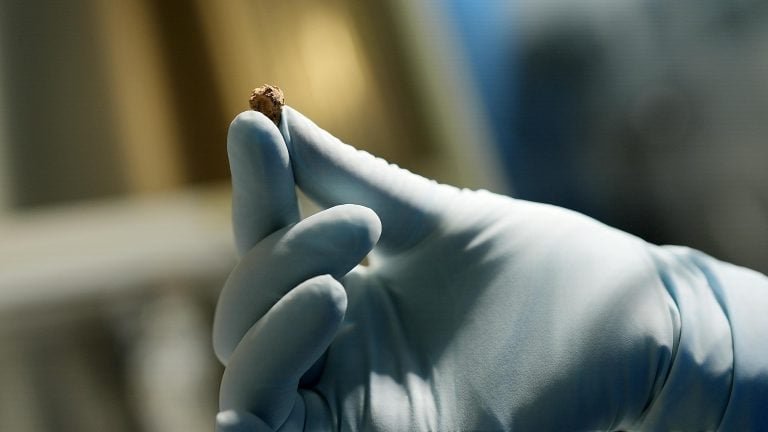A groundbreaking study has shed light on the complex history of dairy fermentation in Eurasia, revealing how Lactobacillus kefiranofaciens adapted through centuries of human interaction.
The Discovery
Researchers extracted high-quality genomes of L. kefiranofaciens from 3,500-year-old cheese samples unearthed in Xiaohe cemetery, Xinjiang. This ancient dairy remains are the oldest known to date.
Breakthrough in Fermentation Research
The study, published in Cell, confirms that the cheese was made using lactic acid bacteria and yeasts. It also reveals:
- Ancient dairy techniques used kefir production methods
- Milk came from Eurasian goats, distinct from contemporary domesticated goats
- L. kefiranofaciens evolved through human migration and interaction
Genetic Insights
The research analyzes phylogenetic relationships of ancient L. kefiranofaciens, revealing two clades:
- European and coastal Asian strains
- Inland East Asian strains
This distribution suggests a new route of spread for L. kefiranofaciens.
Implications
This study:
- Provides evidence of ancient human-fermentative microbial interactions
- Sheds light on dairy fermentation’s evolutionary history
- Opens doors to exploring other unknown artifacts
Expert Insights
“This is an unprecedented study, allowing us to observe how a bacterium evolved over 3,000 years… By examining dairy products, we’ve gained a clearer picture of ancient human life and their interactions with the world.” – FU Qiaomei, Director of the Molecular Paleontology Laboratory.
Reference
“Bronze Age

















